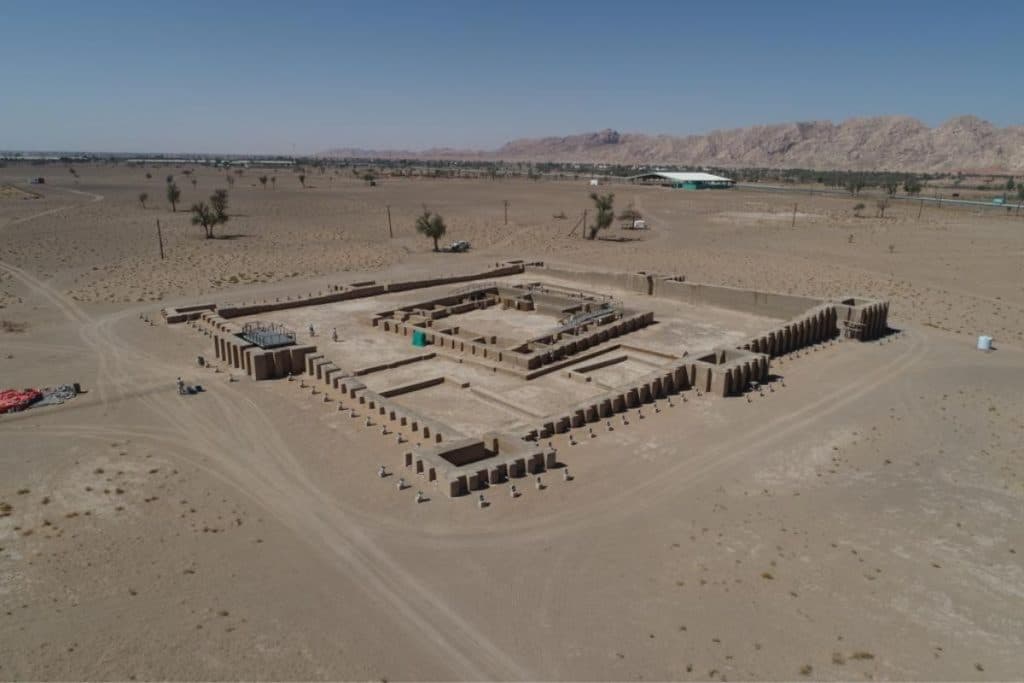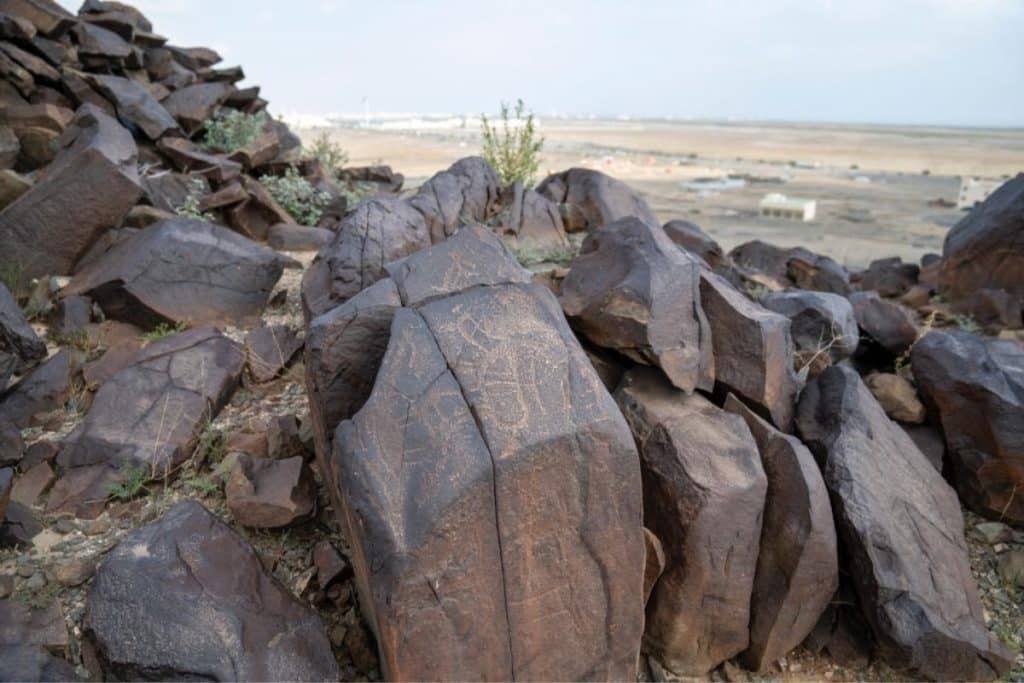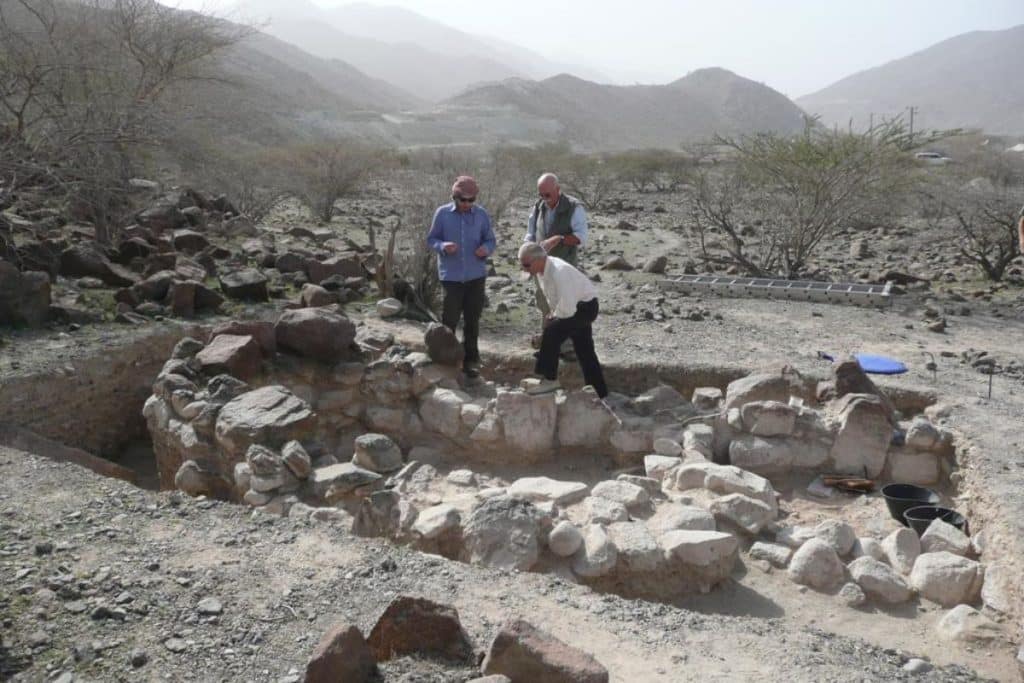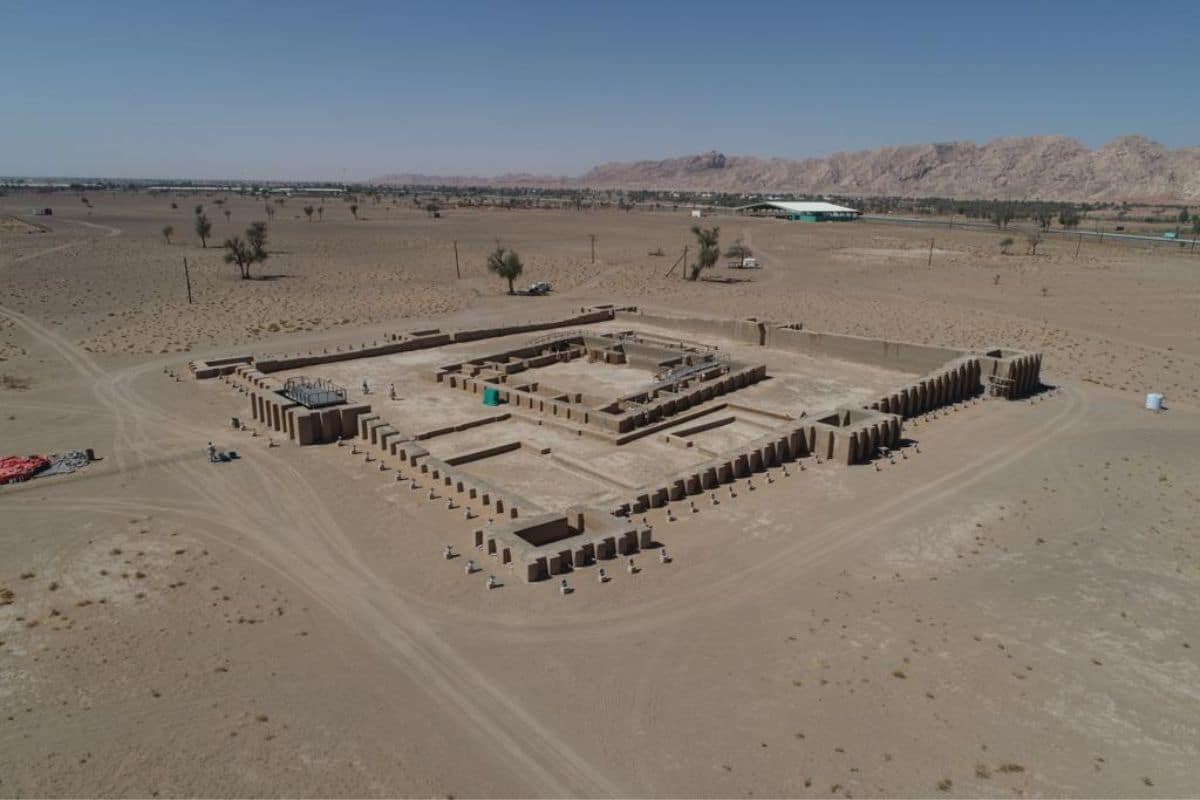Four ancient sites in Sharjah have been added to the preliminary UNESCO World Heritage List.
The sites include “Mleiha, a pre-Islamic period in the southeast of the Arabian Peninsula, the sites of stone inscriptions in Khatum Melaha and Khor Fakkan, the site of Wadi Helo: evidence of copper mining in the Arabian Peninsula, and the site of the prehistoric cultural scene in Faya,” the Emirates News Agency (WAM) reported.
The announcement was made by the Sharjah Archaeology Authority, and is part of the authority’s strategy to sustain and preserve the emirate’s cultural heritage, as well as promoting these sites globally.
“The registration of these sites is the result of a series of studies conducted by the authority in collaboration with academic experts and specialists to assess their cultural value and archaeological importance at the global level, as these studies also dealt with historical value and state of preservation reports,” Dr. Sabah Jassim, Director-General of the Sharjah Archaeology Authority said.
According to WAM, the initiative included researching the features of the emirate’s cultural heritage locations and showing their cultural worth, ensuring their designation as world heritage sites.
The locations fulfil the World Heritage standards by achieving one of the ten criteria and demonstrating exceptional universal value. “Inclusion on the UNESCO provisional list is considered a prerequisite for inclusion on the World Heritage final list and a factor in encouraging future tourist business at these sites,” WAM said.
Faya’s prehistoric cultural landscape
The Faya Mountains offer a unique glimpse into Stone Age life in the Arabian Peninsula, where early humans adapted to changing environmental conditions spanning from the Middle Stone Age to the Neolithic Period.
Geological and climatic studies have revealed that human settlement in the region dates back 210,000 years, evolving from groups of hunters to migratory herdsmen with distinctive burial customs.
The area has experienced cyclical climate changes every 20,000 years, leading to alternating desert and wet environments, with water accumulating in lakes and flowing along river channels stretching from the Hajar Mountains to the Faya.
The region’s geomorphological features provide insight into these events and changes, shedding light on this critical era in the area’s past.
The Faya Mountains boast an exceptional blend of available water sources, raw materials, and occupied caves, making Al-Faya the world’s earliest inhabited desert environment, WAM said, adding that the site has filled a critical knowledge gap in the understanding of early human development and adaptation in the Arabian Peninsula desert.
Pre-Islamic era in southern Arabia, known as Mleiha

The settlement of Mleiha marked the pinnacle of old culture in this area during the pre-Islamic era, with a cultural impact extending from the third century BC to the third century AD.
The historical findings verified the cultural worth reflected by Mleiha’s foreign connections and its vital role in the camel trade as a significant component of the trade network that connected the coastlines of the Indian Ocean and the Mediterranean Sea across the Arabian Peninsula.
Maliha minted its coins, and its rulers and merchants amassed wealth that allowed them to own the best camels and horses, as well as build tombs in the shape of towers as an expression of their high status, as evidenced by the discovery of funerary practices and funerary architecture, which constitute a remarkable testament to this civilisation and its role in human history in the region over six centuries.
The graves of camels and horses are regarded as the most beautiful in the area, indicating this site’s critical role in disseminating this type of funeral practice in the region.
Khatum Melaha and Khor Fakkan’s rock carvings

At the turn of the century, rock engravings in the emirate of Sharjah became the first documented rock art location in the Hajar Mountains region.
These engravings number in the hundreds and are etched onto gabbro rocks at Khatum Melaha in Kalba, Mudifi, Luluyah, and Wadi Shie in Khor Fakkan. Dating back to the fifth millennium BC and continuing until a few decades ago, they demonstrate over seven thousand years of historical consistency in rock art, from early eras to contemporary times.
The intricate and unique designs found in these engravings distinguish them from other rock inscriptions in the region, indicating the exceptional nature of Sharjah’s rock art group.
Notably, prehistoric people relied on boulders isolated from permanent rock formations as bases for their art, adding to the uniqueness of this region’s rock engravings.
Rock art in the Arabian Peninsula is a valuable tool for understanding past societies, providing a rich visual collection that sheds light on political, economic, social, religious, and cultural aspects of ancient societies.
Wadi Helo: Copper mining in the Arabian Peninsula during the Bronze Age

Wadi Helo holds significant historical importance as the location of the first mining operations in southern Arabia during the transition from the Neolithic to the Bronze Age.
The site serves as a testament to the ancient inhabitants’ adaptation to the valley’s unique geological and topographical features in their pursuit of copper mining.
Compared to metals produced in nearby locations, Wadi Helo copper is highly pure, sometimes approaching 100 percent.
This distinction, along with historical evidence, suggests that Wadi Helo played a vital role in a vast Bronze Age trade network throughout the Arabian Gulf.
It served as the primary source of unrefined copper for other bronze-producing sites in the region, including Tell Abraq, Kalbaa, and Umm al-Nar.
Rock engravings throughout the valley document the movement of people and goods across the valley to the eastern and western coastlines.
The presence of boat etchings in the valley’s depths and unique sword carvings from the Bronze Age era serve as evidence of Wadi Helo’s connection to the local and regional trade network.









